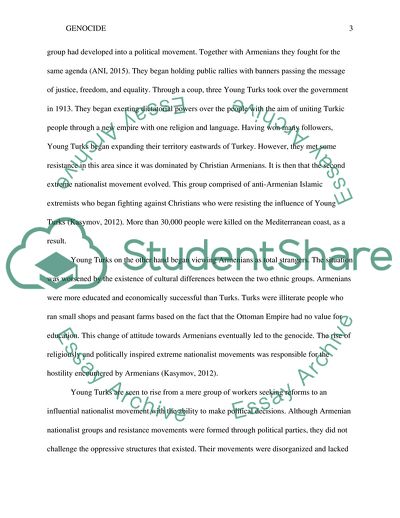Cite this document
(Genocide In The 20th Century Essay Example | Topics and Well Written Essays - 1500 words, n.d.)
Genocide In The 20th Century Essay Example | Topics and Well Written Essays - 1500 words. https://studentshare.org/history/1865044-genocide-in-the-20th-century
Genocide In The 20th Century Essay Example | Topics and Well Written Essays - 1500 words. https://studentshare.org/history/1865044-genocide-in-the-20th-century
(Genocide In The 20th Century Essay Example | Topics and Well Written Essays - 1500 Words)
Genocide In The 20th Century Essay Example | Topics and Well Written Essays - 1500 Words. https://studentshare.org/history/1865044-genocide-in-the-20th-century.
Genocide In The 20th Century Essay Example | Topics and Well Written Essays - 1500 Words. https://studentshare.org/history/1865044-genocide-in-the-20th-century.
“Genocide In The 20th Century Essay Example | Topics and Well Written Essays - 1500 Words”. https://studentshare.org/history/1865044-genocide-in-the-20th-century.


